Partners
The following agencies and organizations often work with the roundtable. You can find out more about them by following the links below.
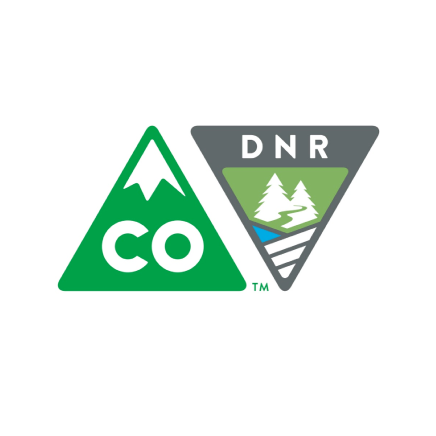
Colorado Water Conservation Board
The CWCB was created over 75 years ago to provide policy direction for Colorado. It maintains expertise in a broad range of programs and provides technical assistance to further the utilization of the state’s waters. The board also oversees the funding for all of the roundtables as well as several grant programs.
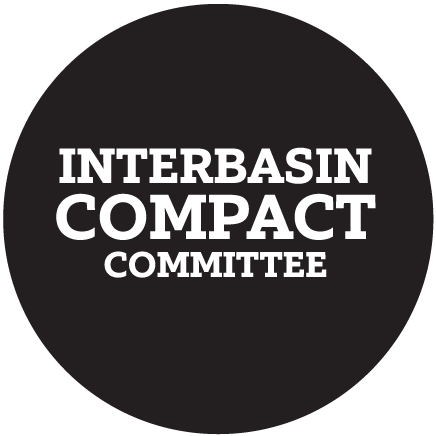
Interbasin Compact Committee
The IBCC was established by the Colorado Water for the 21st Century Act in 2005 to facilitate conversations among Colorado’s river basins and to address statewide water issues. The IBCC has 27 members, including two from the Rio Grande Basin — Cleave Simpson and Keith Holland.

Colorado Division of Water Resources
Colorado Division of Water Resources, also known as the Office of the State Engineer, administers water rights, issues water well permits, represents Colorado in interstate water compact proceedings, monitors streamflow and water use, approves construction and repair of dams and performs dam safety inspections, issues licenses for well drillers and assures the safe and proper construction of water wells, and maintains numerous databases of Colorado water information.
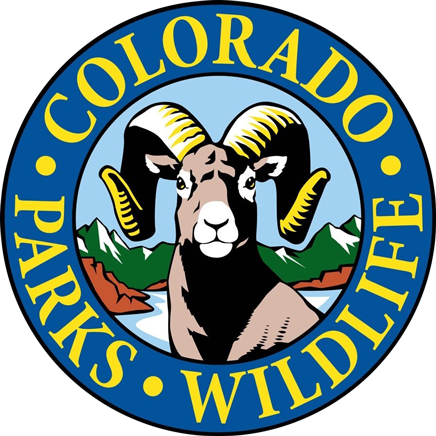
Colorado Parks and Wildlife
Colorado Parks and Wildlife manages the State’s wildlife and its state park system. CPW issues hunting and fishing licenses, conducts research to improve wildlife management activities, protects high priority wildlife habitat through acquisitions and partnerships, provides technical assistance to private and other public landowners concerning wildlife and habitat management, and develops programs to understand, protect and recover threatened and endangered species. CPW also administers the state’s trail program and registers boats, snowmobiles, off-highway vehicles and river outfitters. The agency’s regulations are established by the Colorado Parks and Wildlife Commission.
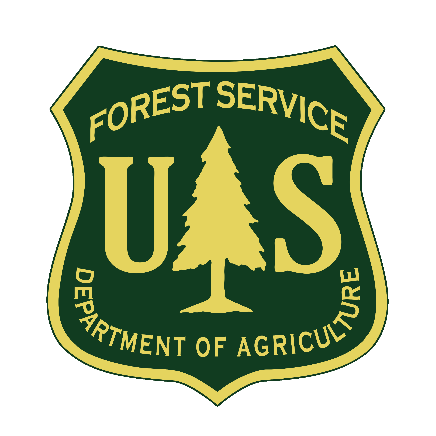
Rio Grande National Forest
The RGNF covers 1.83 million acres, including the La Garita Mountains and parts of the San Juan and Sangre de Cristo mountain ranges. The agency’s mission is to sustain the health, diversity, and productivity of the nation’s forests and grasslands.
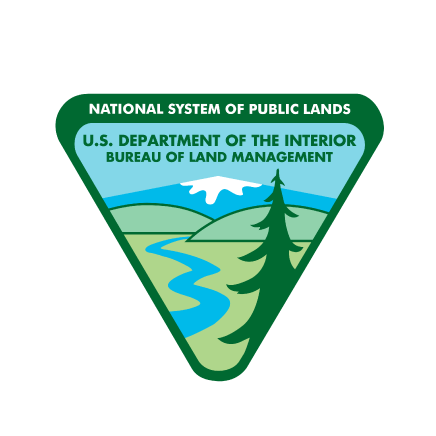
Bureau of Land Management
The BLM San Luis Valley Field Office manages nearly 500,000 acres of public land in Colorado’s Rio Grande Basin. These public lands present a myriad of ecosystems, from alpine desert to wetlands, and include the Sangre de Cristo Wilderness and part of the Rio Grande Natural Area.
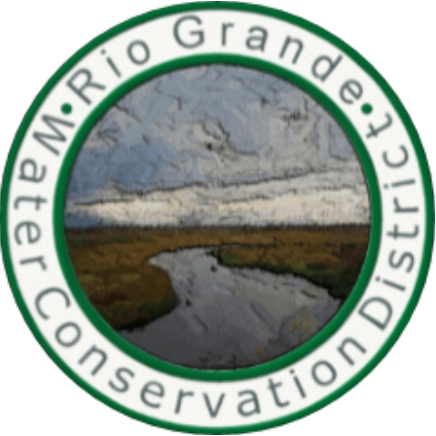
Rio Grande Water Conservation District
The District was created by the Colorado General Assembly in 1967 and formed by a vote of the people living in the five counties within its boundaries. The District monitors both of the valley’s aquifers and has created six subdistricts in an effort to conserve them. The District partnered with the U.S. Bureau of Reclamation to create the Closed Basin Project. The District sponsors a habitat conservation plan to preserve habitat for the southwestern willow flycatcher and the yellow-billed cuckoo, while allowing standard agricultural practices, limited development, and river restoration.
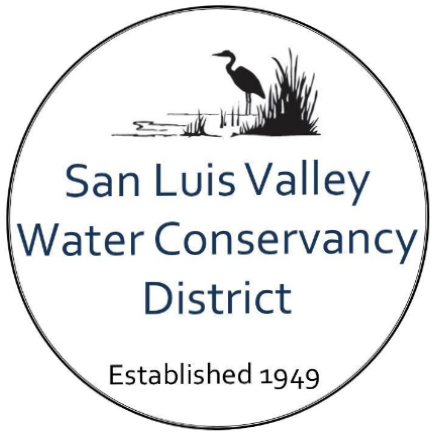
San Luis Valley Water Conservancy District
The District was formed in 1949, pursuant to the Water Conservancy Act, Colorado Revised Statutes § 37-45-101, et seq., to construct and manage a reservoir on the Rio Grande. Working with the Bureau of Reclamation, the District’s Board selected Wagon Wheel Gap for the construction site and developed plans. However, the farmers of the San Luis Valley were divided in their support and the reservoir was never built. The District later stepped into the role of providing augmentation for domestic, commercial, and municipal wells in five counties of the San Luis Valley. This was in response to the State Engineer’s rules governing small capacity wells, promulgated in 1972. The District purchased transmountain water rights as well as water rights originating in the Rio Grande Basin and organized an augmentation program. Through the augmentation program, water rights owned by the District are used to augment, or replace, the injury to water users caused by the pumping of small wells. Because the District provides this service, there is an opportunity for towns, businesses, and homeowners to obtain new non-exempt wells, allowing for growth in the local economy.
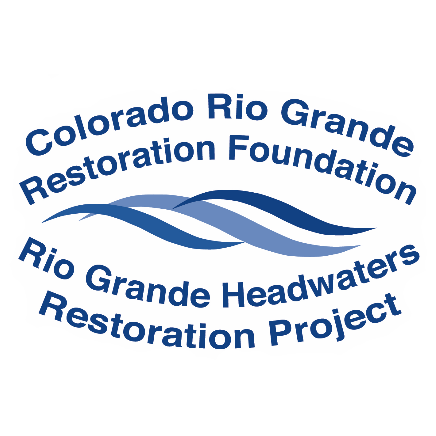
Rio Grande Headwaters Restoration Project
The Rio Grande Headwaters Restoration Project is a non-profit that came about after the 2001 Study, which analyzed the condition of the riparian area and structures along a 91-mile reach of the Rio Grande and provided recommendations for improvement. The RGHRP works to improve the health of the Rio Grande and in Colorado from the headwaters to the state line through holistic projects that improve water quality, agricultural water use, riparian health, wildlife and aquatic species habitat, recreation, and community safety, while meeting the Rio Grande Compact.
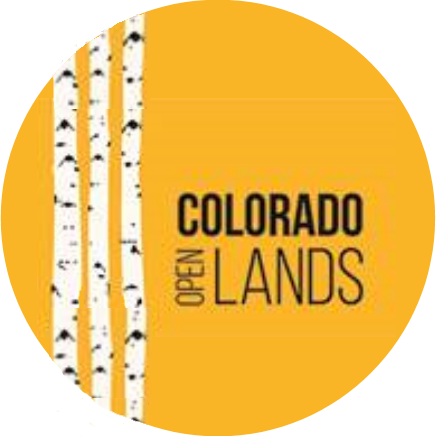
Colorado Open Lands
Colorado Open Lands is a 501(c)3 nonprofit land trust that exists to protect Colorado’s land and water resources. We work primarily with private landowners to place voluntary agreements called conservation easements on their property. Their ranch stays their ranch, their farm stays their farm. The process is driven by the wishes of the landowner with the goal of protecting open space, water, and wildlife habitat – forever.
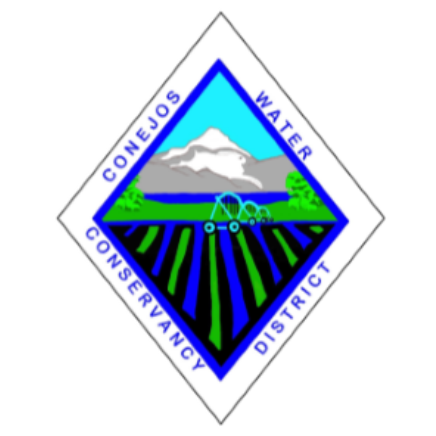
Conejos Water Conservancy District
The district was founded in 1941 to partner with the U.S. Bureau of Reclamation District for the construction of Platoro Reservoir, which was completed in 1951. The district, which includes 86,000 irrigated acres, took over operation and maintenance of the reservoir in 1992. The district later implemented an augmentation program for residential wells in Conejos Canyon. Following the turn of the century, the district installed automated headgates and gauging equipment in a joint effort with water users in its district. The district also installed new snow gauges and worked with NOAA’s Severe Storms Laboratory and NASA’s Jet Propulsion Laboratory on a computer modeling study to improve water supply forecasting.

Trout Unlimited

Rio Grande Headwaters Land Trust
The Rio Grande Headwaters Land Trust (RiGHT) is a San Luis Valley-local non-profit with the mission of conserving “our land, water, and way of life in the San Luis Valley.” RiGHT works with both private and public partners to preserve the natural beauty and agricultural economy of the area, often by protecting and supporting working ranches, farms, and their water resources with conservation easements.

Headwaters Alliance
The Headwaters Alliance is a non-profit based in Creede, CO that works to mitigate the water quality impacts of historic mining on Willow Creek. Originally the Lower Willow Creek Reclamation Committee, the organization has worked hard to cap contaminated soils and return Willow Creek to a more natural state.

Rio Grande Watershed Conservation and Education Initiative
The Rio Grande Watershed and Conservation Education Initiative (RGWCEI) serves communities all across the San Luis Valley, acting as a resource for teachers, community members, and organizations to help them fulfill their missions of outreach and environmental education. RGWCEI works to engage youth with their land and natural resources, focusing on the connection between all water users in the Rio Grande basin.
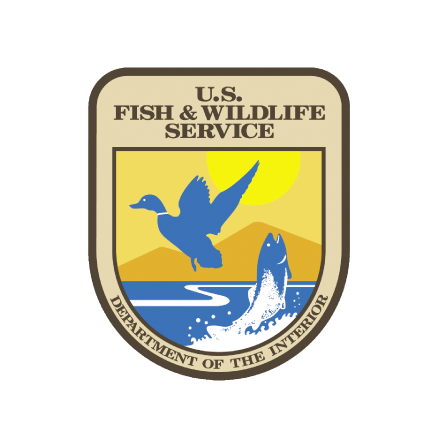
US Fish and Wildlife Service
The US Fish and Wildlife Service maintains three national wildlife refuges in the San Luis Valley – the Alamosa Refuge, the Monte Vista Refuge, and the Baca Refuge. The three refuges set aside a combined 119,330 acres of habitat for migratory birds and resident wildlife.
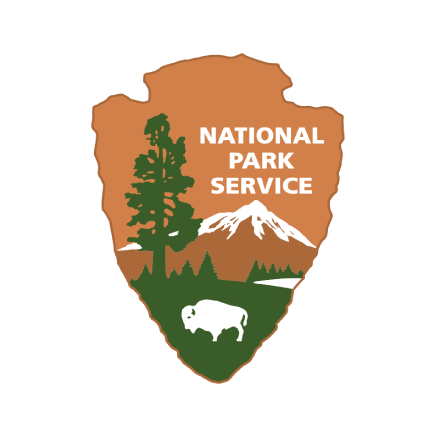
Great Sand Dunes National Park and Preserve
The Great Sand Dunes National Park protects about 150,000 acres of the tallest dunes in North America, as well as the precious water beneath. Originally formed in 1932 as a National Monument to combat mining interests in the area, the park was promoted to National Park and Preserve status in 2004 in response to a water export scheme.
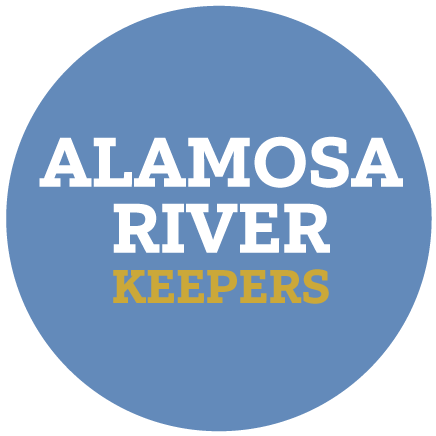
Alamosa River Keepers
The Waterkeeper Alliance focuses on preserving and protecting clean water internationally through local environmental organizations, such as the Alamosa Riverkeepers. Riverkeeper Cindy Medina and other members of the organization have been instrumental in increasing flows on the Alamosa River through an instream flow project.
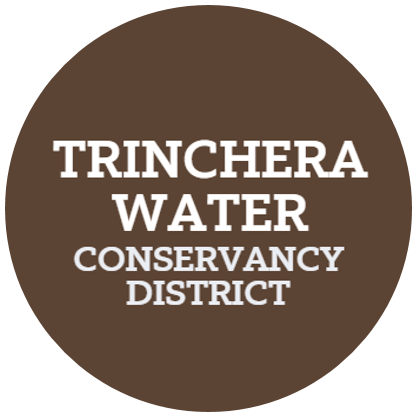
Trinchera Water Conservancy District
The Trinchera Water Conservancy District services the northern portion of Costilla County known as the Trinchera Creek Drainage. The District was formed by decree of the District Court in 1968. Board members are appointed by the district judge for Costilla County. In 2008, a Groundwater Management Subdistrict was established within the district for the purpose of conserving and stabilizing water supply and groundwater storage. The Trinchera Irrigation Company is a non-profit mutual irrigation company incorporated February 4, 1944. The Company operates the Smith Reservoir, The Mountain Home Reservoir, approximately 26 miles of canals and 45 miles of laterals for the purpose of managing irrigation water. The Trinchera Irrigation Company and the Trinchera Water Conservancy District work hand in hand together to conserve and stabilize groundwater in the region. The Trinchera Water Conservancy District is also a contributing member the Rio Grande Basin Roundtable and as such has developed partnerships and become part of the larger conversation around water.
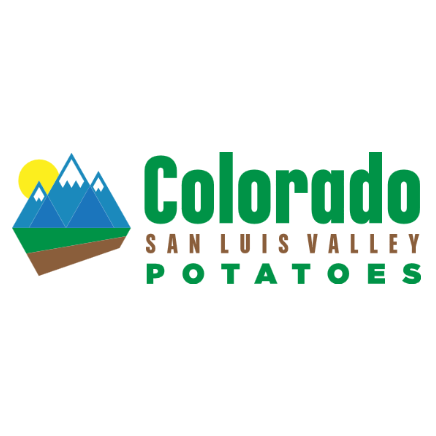
Colorado Potato Administrative Committee
The Colorado Potato Administrative Committee (CPAC) was founded in 1941 to support local potato growers and shippers with quality standards, sustainability best practices, research, and marketing. Together with Colorado potato growers from the San Luis Valley and beyond, CPAC has overseen expansion into new potato varieties and a multi-level inspection process that ensures that over two billion pounds of Colorado potatoes each year are the highest possible quality.
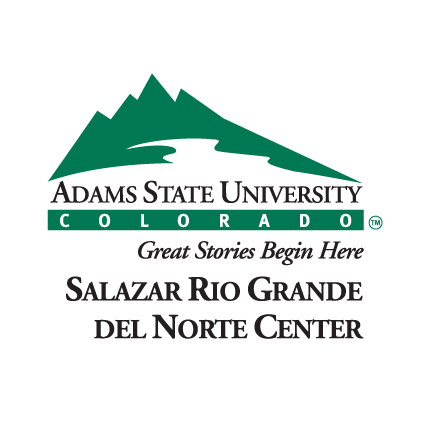
Adams State University Salazar Rio Grande Del Norte Center
The Salazar Rio Grande del Norte Center at Adams State University works to engage and advance the conservation of land, water and historic and cultural attributes in the San Luis Valley. The Salazar Center will develop and deepen the links between Adams State University’s faculty and students and the region’s active network of conservation organizations, agencies, districts and caring community members.
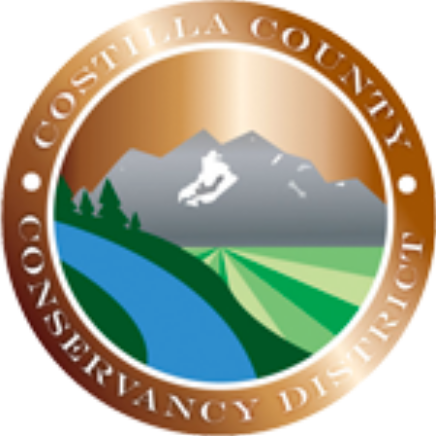
Costilla County Conservancy District
The Costilla County Conservancy District serves the Culebra and Costilla Creek watersheds, located in the southern half of Costilla County. The District works on flood control issues, historical land and water preservation, Acequia issues, and parks and recreation project collaboration with other governing entities. The District also partners with the Sangre de Cristo Acequia Association to make the Congreso de Acequias possible.
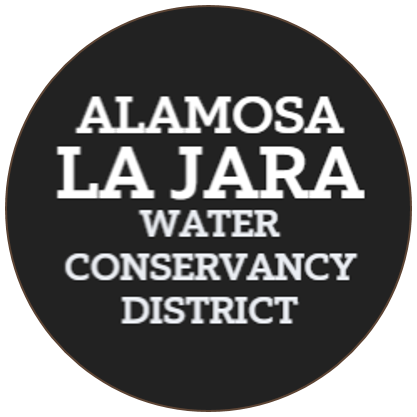
Alamosa – La Jara Water Conservancy District
(719) 843-5287
The Alamosa-La Jara Conservancy District serves portions of Alamosa and Conejos Counties, encompassing the Alamosa River, La Jara Creek, and the Carmel Waverly area.
The counties and municipalities for the following counties:
Alamosa County
Conejos County
Costilla County
Hinsdale County
Mineral County
Rio Grande County
Saguache County